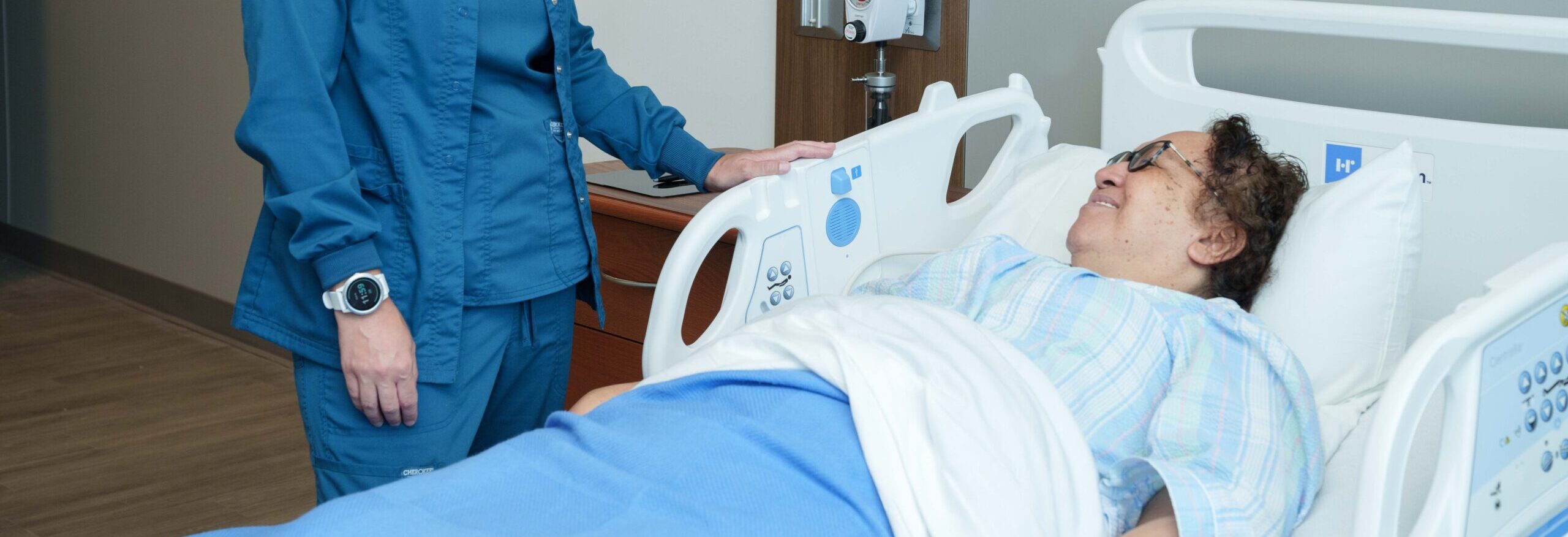What is bladder and bowel management?
Bladder and bowel management refers to treatments used to help control urination and bowel movements. When it comes to bladder management, the primary goal is to protect kidney function. If the bladder is not functioning properly, the kidneys may stop filtering the blood, which could lead to additional medical issues.
The need for bladder and bowel management may arise after experiencing a spinal cord injury. In some cases, a spinal cord injury can interrupt communication between the brain and the nerves in the spinal cord that is responsible for controlling bladder and bowel function. In addition to individuals who have suffered from a spinal cord injury, bladder and bowel management may also be needed by individuals who have spina bifida or multiple sclerosis, as these medical conditions can induce similar pelvic floor problems.
There are two primary kinds of bladder dysfunctions associated with spinal cord injury, which include hyperreflexic bladder and areflexic bladder.
- Hyperreflexic bladder: This refers to overactive or spastic bladder dysfunction where the bladder muscle may spasm and contract on its own. With this type of bladder dysfunction, you may have frequent, small urination or not be able to empty the bladder at all.
- Areflexic bladder: This refers to flaccid bladder dysfunction where the bladder has lost its ability to contract, which leads to large amounts of urine being accumulated. When large amounts of urine accumulate, this can cause the bladder to overfill and leak.
There are also two primary kinds of bowel dysfunctions associated with spinal cord injury, which include reflexic bowel and areflexic bowel.
- Reflexic bowel: This type of bowel dysfunction is generally a result of a spinal cord injury occurring at the neck or chest level. With reflexic bowel dysfunction, messages are interrupted between the colon and the brain, making you feel like you don’t need to have a bowel movement. This causes stool to build up and is often released without warning.
- Areflexic bowel: This type of bowel dysfunction is generally a result of a spinal cord injury at the lower end of the spinal cord. With areflexic bowel dysfunction, you will have reduced control of your anal sphincter. However, you also won’t feel the need to have a bowel movement, nor will your rectum be able to empty itself easily. This means that digital evacuation will likely be needed.
Signs and symptoms of dysfunction
There are a variety of signs and symptoms that can indicate bladder or bowel dysfunction. Some of the most common signs and symptoms include:
Bladder dysfunction
- You are suffering from loss of bladder control.
- You can no longer empty your bladder.
- You are experiencing urinary frequency.
- You are experiencing an increased number of urinary tract infections (UTIs).
Bowel dysfunction
- You are suffering from loss of bowel control.
- You may be experiencing increased constipation.
- Your bowel frequency may have changed.
- You may be dealing with a lack of bowel movements.
What are the treatment options for bladder and bowel management?
Depending on the type and severity of your bladder and bowel dysfunction, various treatment options are available. Lifestyle changes, medications, and surgery are common treatment options for bladder and bowel dysfunction. In addition, some of the most common alternative treatment options for bladder and bowel dysfunction are:
Bladder management options
- Botulinum toxin (Botox) injections
- Clean intermittent catheterization (CIC)
- Continuous catheterization
- Stimulation therapy
Bowel management options
- Anal irrigation
- Biofeedback therapy
- Nerve stimulation
How can physical therapy help bowel and bladder dysfunction?
Physical therapy can also effectively aid in diminishing bowel and bladder dysfunction. If you are struggling with any of the following symptoms related to bowel or bladder dysfunction, it may be a good idea to explore physical therapy as a possible treatment option:
- a leakage of urine or stool with or without activity
- strong urges to urinate or have a bowel movement
- fewer than three bowel movements a week
- urinating more than seven times per day
- difficulty stopping urination midstream
- straining during bowel movements
A physical therapist can help alleviate these common issues through exercises that help to improve the pelvic floor muscles. Many patients have found physical therapy to be an effective method to control their bladder and bowel dysfunction symptoms and reduce their need for medication, surgery, and other medical treatments.
What to expect in a physical therapy session for bladder and bowel dysfunction
During your first physical therapy visit, our team will evaluate and assess the current state of your nerves, muscles, and skeletal function. This will allow us to better understand how your current system is functioning and how it is affecting your bladder and bowel function. After the initial evaluation process, our team will design an individualized treatment plan.
Depending on your plan, you may go through neuromuscular re-education, manual techniques, electrical stimulations, or biofeedback. In this case, neuromuscular re-education can be utilized to retrain the pelvic floor muscles to normalize the timing and frequency of urination and bowel movements.
Manual techniques can be used to improve overall muscle tone or mobility. Electric stimulation and biofeedback are also common tools that can be used to improve muscle function.
What type of physical therapists treat bladder and bowel problems
While all types of physical therapists can offer solutions to bladder and bowel dysfunction, physical therapists that specialize in pelvic floor physical therapy primarily work with patients struggling with bladder and bowel dysfunction. This is because the pelvic floor muscles play a large role in bowel, bladder, and sexual dysfunctions, as well as general pelvic pain and Pelvic Floor Dysfunction.
Bowel and bladder therapy at Brooks
From therapeutic exercise to manual therapy to electric stimulation, Brooks Rehabilitation offers a variety of bowel and bladder treatment techniques to help you start feeling like yourself again. So if you’re ready to start your bowel and bladder physical treatment plan, it’s time to connect with us today.
